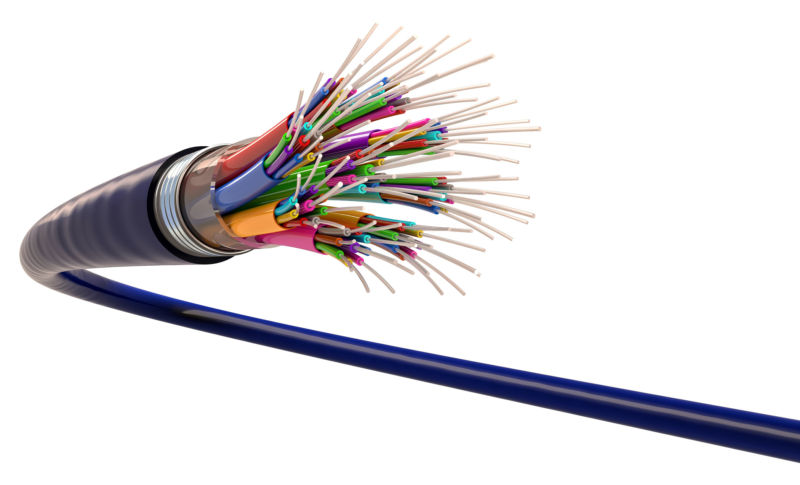“Dig Once” rule requiring fiber deployment is finally set to become US law | Ars Technica

Getty Images | tiero
A simple policy that could speed up fiber Internet deployment throughout the US is finally on track to become US law. A "Dig Once" measure that requires fiber conduit installation during many federally funded road projects was passed yesterday by the US House of Representatives and is expected to pass the Senate.
US Rep. Anna Eshoo (D-Calif.) first submitted Dig Once legislation in 2009 and has periodically resubmitted the legislation in the years since, she said during yesterday's floor debate.
The Dig Once policy "mandates the inclusion of broadband conduit—plastic pipes which house fiber-optic communications cable—during the construction of any road receiving federal funding," an announcement from Eshoo said.
"This will reduce costs drastically and increase access for communities across the country," making it "easier for states and broadband providers to enter new and underserved markets," Eshoo said. Conduit would be installed during road projects in cases "where there's a demonstrated need for broadband access," she said.
A year ago, we wrote about how Dig Once has support from Republicans and Democrats who typically disagree on the most controversial telecom issues. The measure didn't come to a final vote last year. It looks like Dig Once will pass this time, but a Senate vote and the signature of President Trump are still required.
While the Congressional measures targets only federally funded projects, versions of Dig Once policies have also been implemented by some states and municipalities.
The House Dig Once measure was passed yesterday via voice vote as part of a broader reauthorization of the Federal Communications Commission. Democratic and Republican leaders from both the House and Senate agreed to the reauthorization bill, which includes numerous telecom-related items in addition to Dig Once.
Among other things, the legislation paves the way for the FCC to conduct more spectrum auctions. "Once this becomes law there are several large-scale spectrum auctions for mid-band and millimeter wave spectrum—especially the upper 37GHz (37.6-38.6GHz)—that the Commission needs to conduct in the very near future," FCC Commissioner Michael O'Rielly said. That spectrum is expected to be used in future 5G wireless networks.